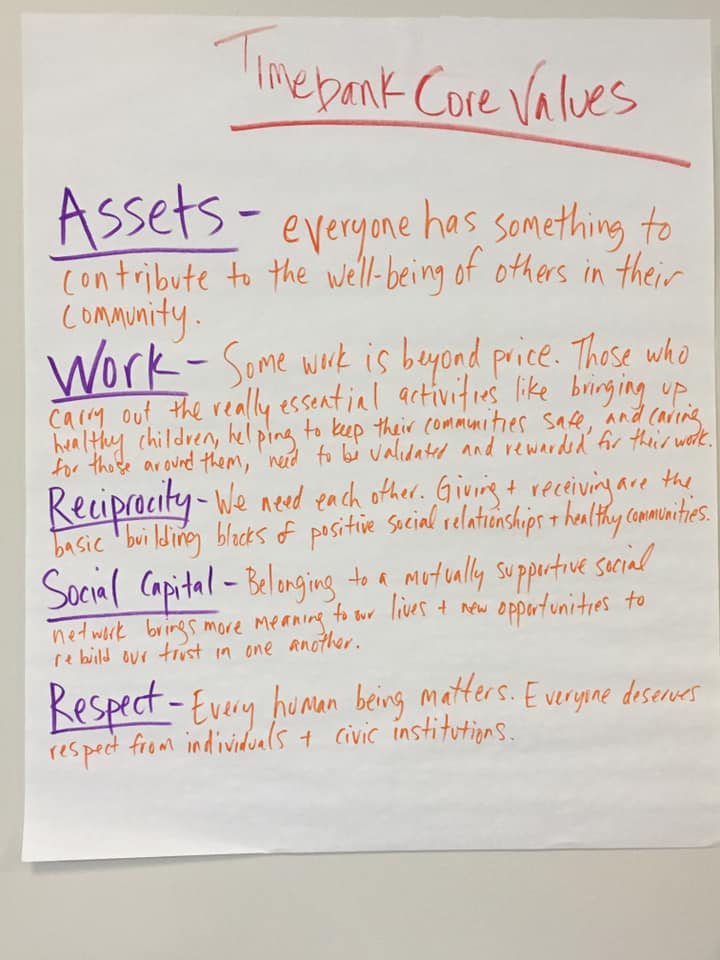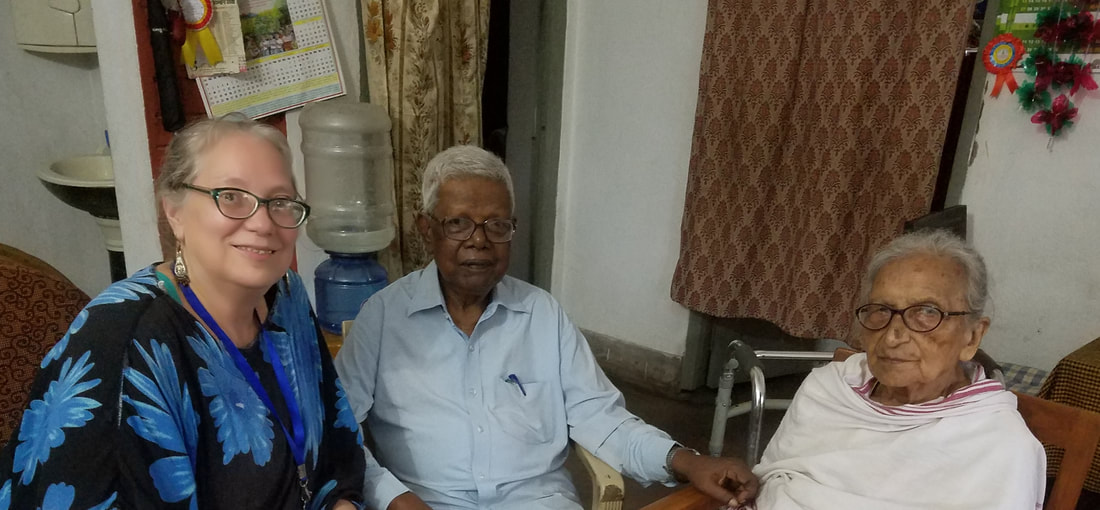|
I love stories. I listen for the details of the stories. I also listen for how the story is told. In truth, sometimes when someone tells me anything (for anything is a story) and it is told in my style, it can be harder to listen. I jump to thinking I know. I have to work at not only being willing to listen, but also willing to tell my story. Both can be intimidating. There are many examples not only of stories but how stories are told that come in to my life every day. My life at late is all about storytelling, as I finish up one book and start on another. My father is busy translating into English "50 Bilder aus der Gossnerschen Kols-Mission (Fifty Pictures of the Gossner Kols-Mission) written in 1895 (Hahn and Kaush). There is also a Hindi translation that is in the works of being published in India. This book with its pictures provide us with such great examples of the early Gossner church in Chotanagpur, that now is celebrating its Jubilee Centennial of Autonomy. He is always very anxious to share with me some of these great stories. Today I will share one of Missionary Eckert's observations about preaching in the market place. Take note the picture above shows the missionary preaching, but Christian Adivasi men and women would spend most of the time talking to the crowds during these Melas (market days). When we think of preaching we do not see it so much as simple story telling. But since storytelling was such a part of this tribal culture, the missionaries quickly picked up on the centrality of storytelling in all of life. Eckert is quoted as saying, "it is very difficult to get into the thoughts of the non-believers. You can not preach easy enough. While I was living in the provisional home of Büchselpur Station, I had the opportunity to hear the conversations of the people. One tells, for example one thing. First, he tells it quickly, then he repeats what he has said two or three times. Finally, his listeners are initiated into the story and its telling and are immensely happy when they understand what the speaker said. There is a big difference among the audience. People who have been at school can follow our train of thought, but others must be treated differently. Words and phrases such as penance, faith, love, Savior, heaven, love God above all, and so on, are completely incomprehensible to them. All that has to be learned first. (It is not necessary to mention that in older Mission communities the state of religious life is higher than in the case of these beginners in the faith.)" Many preachers incorporated this storytelling and interactive style into their preaching. I am curious to find out from readers (anywhere) how much this style resonates with them. An example at my work with the Dane County TimeBank shows that we share some core values (see picture below) but I still think every single member of the Timebank would tell different stories about each of these values. This is of course a religious example using unfamiliar words and phrases, but I noticed in many different meetings that I have at work and in the community, how we don't always share common vocabulary or common values. Even in identifying those values, we do not always view them exactly the same. This is why I believe it is important to tell stories, and to read. We can only know each other, history, or work together if we are able to listen to the stories of others. Truly listen. But so much is in the style of telling. Sometimes it is hard to listen, because of the way it is being told, in addition to the perspective and the language used. I listen to Japanese News (in English) and our Public Broadcasting news and am struck with how the Japanese news is very repetitive and gives details that you never hear in American news (now this partly could be due to one of the purposes of this news program is to teach Japanese English). The American news can also be repetitive, because the context always needs to be reiterated. A friend of mine told me she gets frustrated with Indian news articles because they never give the context. If you haven't been tracking the story from the start, you have to be told it by one who has (through their interpretation, of course). I really wish I could read literature in other languages. What's on my bucket list is to learn Hindi well enough so that I can read the newspaper (that uses a lot of big words) and books written in Hindi. My collection of Hindi books to read is growing fast! Unfortunately, I did not inherit the "easy-learning-language-gene" from my great great grandfather! I do however pick up the culture of language pretty easy: that is gestures, accents, styles. So many cross cultural environments I have been in, people actually think I know their language! For example, once I was traveling from India to England as a young woman and sat next to an old Punjabi woman who sat cross-legged under her seat belt. When I sat down I greeted her with "Sat-sri-akal" and the whole trip she told me her life story. I only know a few words in Punjabi, but I could tell what she was talking about in generalities, and gave appropriate gestures that made her keep on telling the story. It shortened my 10 hour flight! Another example is one my dad likes to tell about my mother. They started working in a small rural hospital in India in 1951, soon after India's Independence and partition. There were Sindhi refugees that were relocated to a nearby abandoned military air-base. The hospital was having a very difficult time treating these people when they came in for treatment. Most of them were suffering PTSD (which was hardly understood at the time). My mother acted as the social worker and would go from bed to bed to visit the patients before the doctors and nurses came in. She was able to help them figure out what to tell the doctor about their concerns. Once she was at the bed of a Sindhi woman. A nurse came by and said: "don't bother to talk to her, she speaks a different language." My mother replied: "But I am speaking with her, I'm speaking the language of love and presence. We may not speak the same language, but I am learning all kinds of things about her." .
0 Comments
|
Click here to learn more!
AuthorMary Girard with Bishop Nirmal Minz and his wife, Parakleeta, two remarkable leaders of the Adivasi Christians of Jharkhand. They are writer's themselves and have encouraged me much in my pursuit as a writer and have inspired many others. I am an author of my first book that is seeking publication. Among the Original Dwellers: Remembering Ferdinand Hahn, tells of the life story of my great great grandfather who was a missionary from 1868-1910 in Chota Nagpur. In writing his story I discovered the story of the Adivasi of the region who were also impacted by his life. I am now committed to inspiring others to learn and write about their Christian Adivasi heritage. Archives
April 2022
Categories |



 RSS Feed
RSS Feed